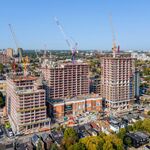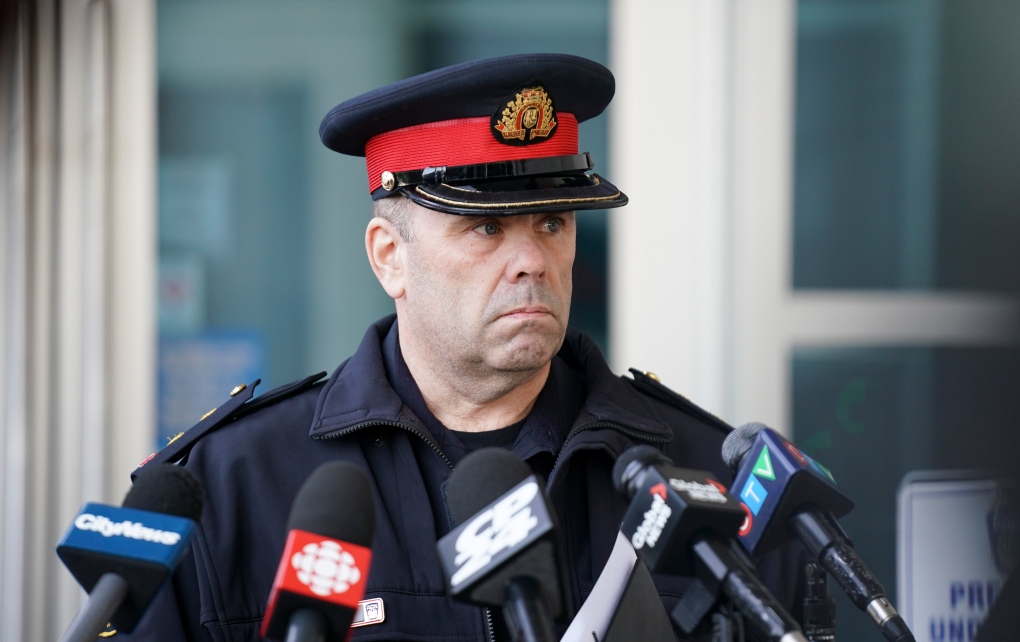yrt+viva=1system
Senior Member
Just in time for the TTC to be reducing service in May!To prepare for Metrolinx’s construction of an Ontario Line connection to the TTC’s Queen Station beginning this spring, the City is working closely with Metrolinx, contractors and the TTC to ensure that traffic congestion and construction impacts are reduced as much as possible by holistically reviewing capital construction plans, upcoming road restrictions and accessibility around all construction zones downtown.
The City will be launching Priority Travel Routes around Ontario Line construction zones that will be kept clear of as many road restrictions as possible – including non-emergency utility work – to ensure that there are alternative and parallel routes for people to get around.
The City recognizes the vital need for the unprecedented transit expansion underway alongside the need to keep people – pedestrians, cyclists, transit riders, and drivers – moving within Toronto. Once completed, the Ontario Line will make travel within Toronto faster and easier by providing a 15-station subway line running from Exhibition Place, through downtown, to the Ontario Science Centre. The new subway line will also offer significant crowding relief within Toronto’s existing transit network.
Starting Monday, May 1, Dundas Street, from Jarvis Street to Bathurst Street, will be the first Priority Travel Route as Ontario Line construction will fully close Queen Street from Victoria Street to Yonge Street and Yonge Street to Bay Street. Until summer 2024, this stretch of Dundas Street will only have emergency work; on-street parking will be restricted and CaféTO Curb Lane cafes will not be installed to keep the roadway as clear of restrictions as possible.
More Priority Travel Routes will be identified as Ontario Line construction progresses. To keep traffic moving along these routes, some existing permits and bylaws may be cancelled or amended. Where necessary, these may include not installing CaféTO curb lane cafés, changes to on-street parking and deferring requested road closures for events.
Other ways the City is preparing for Ontario Line construction include actively assessing all construction permit applications and related Traffic Management Plans to minimize the overall disruption caused by construction. Staff will work to ensure plans promote the safety of people travelling in the area; reduce noise and parking impacts as much as possible; modify traffic signals to allow for the efficient flow of traffic; deploy paid duty Police officers and Traffic Agents to regulate and direct traffic; maintain access to properties; and identify key site access points and haul routes for construction vehicles.
City of Toronto Traffic Agents will be deployed to key intersections during the morning and afternoon peak traffic periods to actively manage the movement of all road users, reduce delays and improve safety. Traffic Agents will be placed where they are needed most based on evolving traffic demands. More about the Traffic Agents Program is available on the City’s Traffic Agents webpage
https://www.thestar.com/news/city_h...nt-drive-if-possible-city-says-heres-why.html





